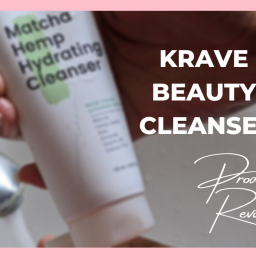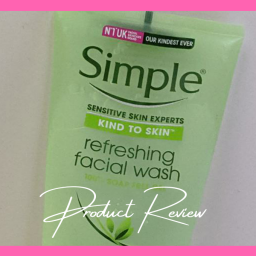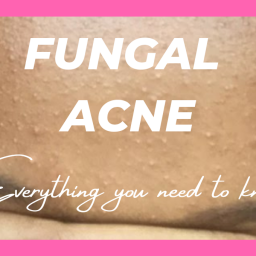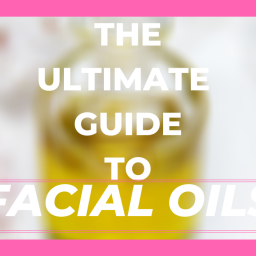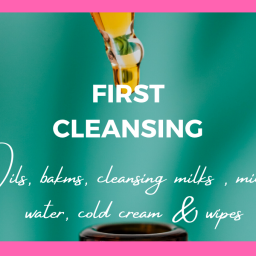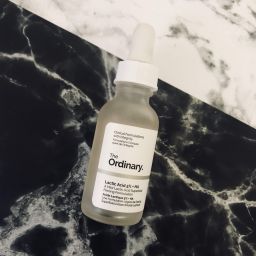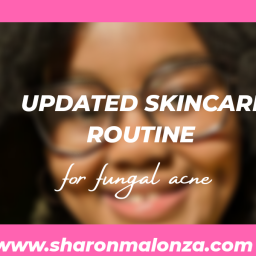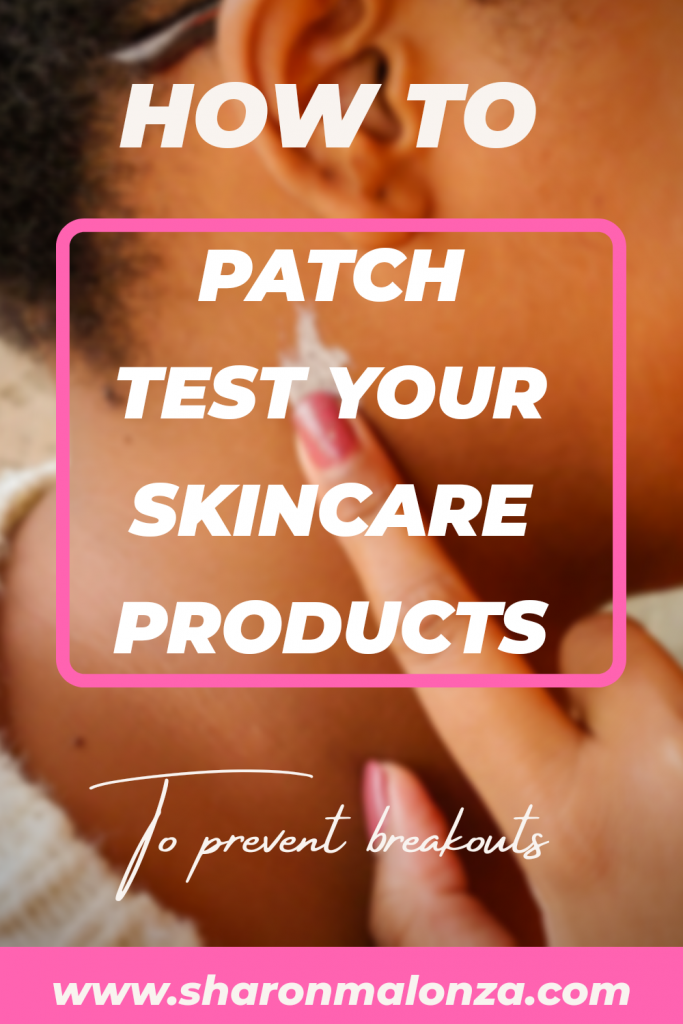
Table of Contents
What is patch testing ?
Patch testing is routinely done by dermatologists to diagnose certain conditions like eczema, seborrhoeic dermatitis, psoriasis and allergies.
If you are worried that you are sensitive to certain ingredients, it would be ideal for a dermatologist to confirm this.
Patch testing skincare products at home can be fairly helpful if this is not an option ( like now, thanks to Ms.Rona)
When to patch test
Whenever you introduce any new product into your skincare routine ( both your face and your body), always patch test first.
One bad product can significantly damage your skin barrier . Don’t let your entire face be an experimental surface.
Where to patch test
Pick an area that has not been exposed to UV or treated with any medicated creams such as topical steroids recently.
The areas that are normally recommended are either behind the ear or in the inner-elbow.
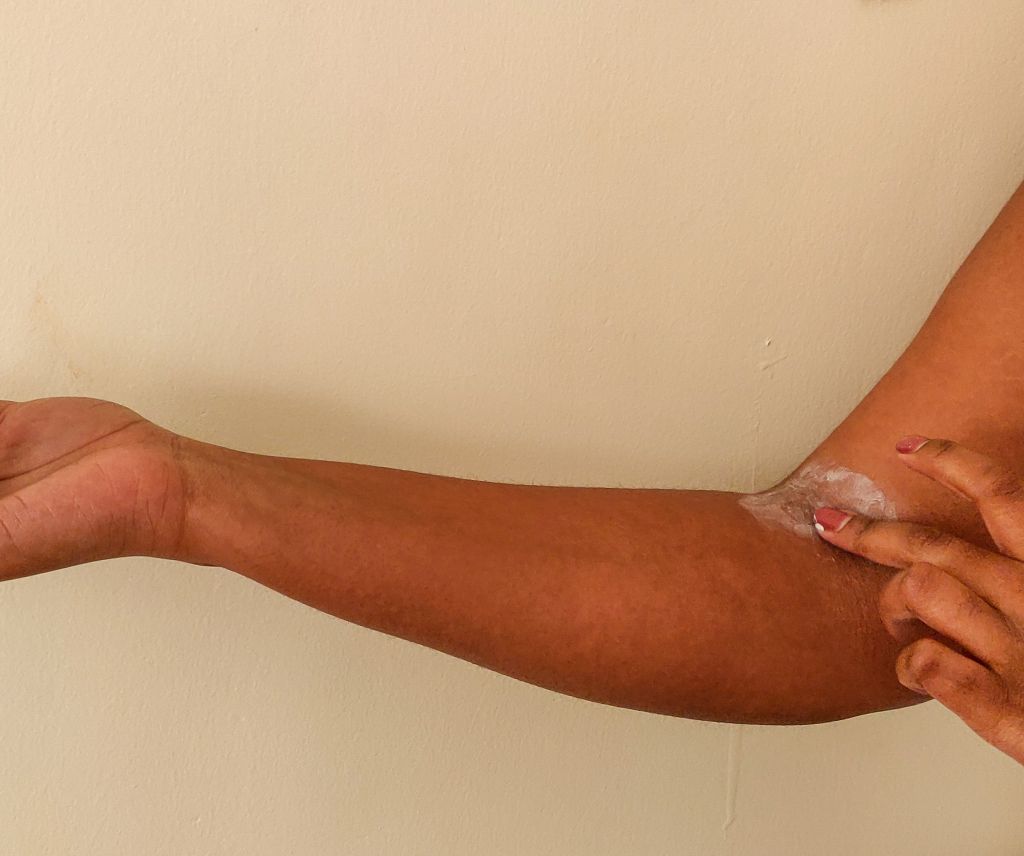
Some people also suggest choosing a small section of your face that is most prone to breakouts and congestion. This would be a true sacrifice if things go south. However , it might be particularly helpful.
How to patch test
Make sure that area is clean, dry and not prone to excessive sweating.
Apply a small amount of the product and leave it on for 24-48 hours. Avoid wetting the area during this time.
If you notice any immediate redness, stinging or itching in that area, you may be sensitive to one of the ingredients and should not introduce it into your routine.
Incase you have no immediate reaction ,you might want to repeat this test daily for a week or two just to be 100% sure .
Determining the source of irritation
Patch testing won’t tell you exactly what you are reacting to. However, if you read ingredient labels, you may notice a recurring ingredient in the products that have broken you out.
Common allergens include:
- Nickel
- Fragrance
- There are 2 kinds : natural and synthetic.
- For synthetic fragrance, look out for ingredients like: cinnamal, cinnamyl alcohol, hydroxycitronellal, coumarin, hexyl cinnamal, farnesol, eugenol, isoeugenol, geraniol and evernia prunastri extract.
- Natural fragrance is found in plant and essential oils . Many people are highly sensitive to them so look out for their typical names or their scientific names .
- Preservatives e.g. parabens, formaldehydes, phenoxyethanol and Isothiazolinones
- Artificial colours and Dyes: You might see names like blue 1, red 3 or FD&C Yellow 6 or simply ‘colourant’.
People with skin prone to stinging may need to avoid skin care products with acids and “bad” alcohols e.g. isopropyl alcohol, denatured alcohol, ethanol, methanol, SD alcohol and benzyl alcohol.
It is not guaranteed that the above ingredients will cause irritation to your skin.
I’m learning how to read ingredient labels so that I can identify common triggers to my sensitive skin type.
That said, if you do have sensitive skin, it’s safer to avoid potentially sensitizing or allergenic ingredients whenever you can.
Do you patch test your new products?
Thanks for stopping by.
“Always remember that your hair is your crown and your body is a temple; embrace it, love it and take care of it.”
God bless you all .



